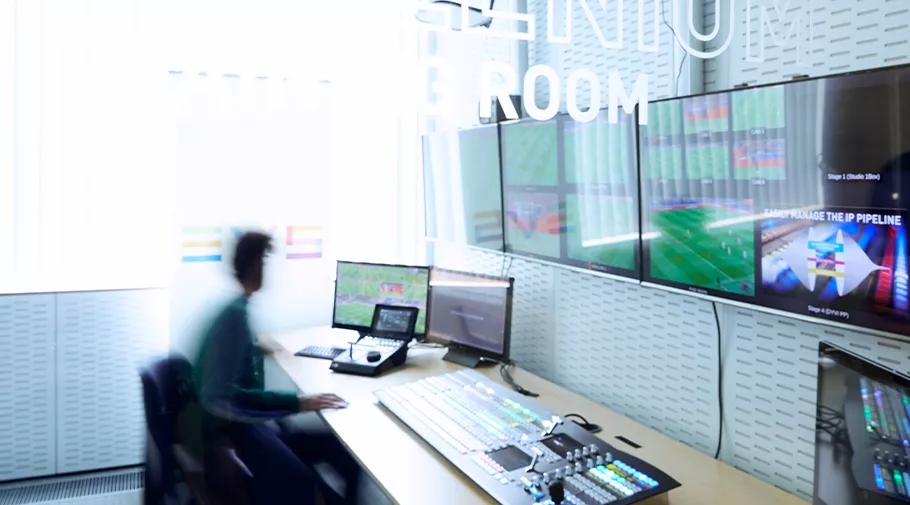MediaCeption Technical Training Tier 1
- Type

Training details
- Product Multiple products
- Category Workflows
4 days (excl. E-Learning modules)
English (other languages on request)
This basic course is for engineers with on-the-field broadcasting experience that need to learn about the fundamentals of EVS technology. Participants will be given an overview of EVS’ products involved in the MediaCeption solution and will learn how to perform Tier 1 Support tasks. Support procedures will be provided and monitoring possibilities will be presented to enable the engineers to follow-up end-user issues by gathering relevant information, deliver Tier 1 support and escalate if need be to Tier 2 support engineers
Technical managers and broadcast engineers
Have relevant broadcast experience in a technical function
EVS product operational overview
-
Introduction to MediaCeption
> MC Signature
> MC Inflow
-
Overview of the LSM/LSM-VIA, IPDirector’s and IPD-VIA production applications used in the MediaCeption
-
Introduction to the other products interacting in these workflows
EVS technical description
- Live Production Servers
• Introduction and presentation of the servers’ main specifications: functional description, key features, use cases
• Hardware description: backpanel, boards description, XNet network principles, XHub-VIA overview, Remote D and LSM-VIA overview, …
• Software description: boot menu description, configuration lines management, option code management, basic production configuration, log collection, XNet monitor, …
- IPDirector
• Introduction and functional description of IPDirector (IPDirector, XT servers, database, storage, XNet/ PCLAN/GbE networks)
• Hardware description: chassis and backpanel, RS422 connection, Virtualization of IPDirector, Remotes’ description, …
• Software description: remote installer overview, database configuration, indexing service, monitoring interfaces, logs collection, software upgrade, basic configuration, …
- VIA Xsquare
• Introduction and presentation of VIA Xsquare (Main functions, concepts and terms, architecture XTAccess / VIA Xsquare)
• VIA License manager
• Overview and introduction to XTAccess interface (connection status)
• VIA Xsquare services management (log collection, services statuses, database maintenance)
• VIA Xsquare configuration (job and servers monitoring)
- Databases
• Contextual presentation &functional description
• Description of backup and restore processes for databases
• Automatic maintenance job description, DB Mirroring overview (MSSQL & EVS DBIP) and Health monitoring
- IPD-VIA & XS-NEO
• Introduction and technical presentation of IPD-VIA
• Overview of IPD-VIA settings pages
• Description of the monitoring possibilities through VIA Trace & VIA Pulse
• Overview of XS-NEO configuration possibilities
- Adobe IPLink
• Overview of the configuration possibilities for Adobe IPLink
• IPD integration description (requirements of indexing services and IPDirector API)
- IPWeb
• Introduction and functional description of IPWeb
• Server configuration
• IPDirector integration : API module configuration (requirements of indexing services and IPDirector API)
- Virtualization
• Presentation of virtualization principles (PMZ, third party)
• Description of restore process of VMs
• Presentation of monitoring possibilities
- EVS Maintenance tools
• Description of the maintenance tools such as:
> Xnet monitor
> VGA viewer
> IPD Cleaner
Support processes
Provide an in-depth description of the tools used for customer support (production reports, customer database, customer support tool, EVS knowledge base) as well as related procedures
-
Description of the information to collect
-
Description of ticket creation process on the Customer Portal
-
Follow-up on tickets